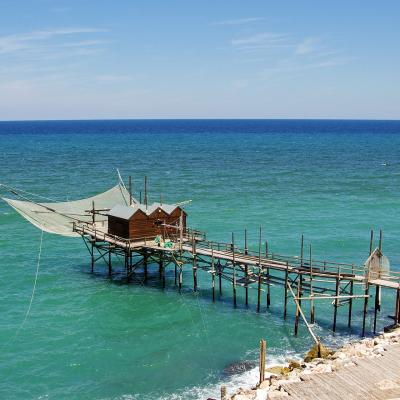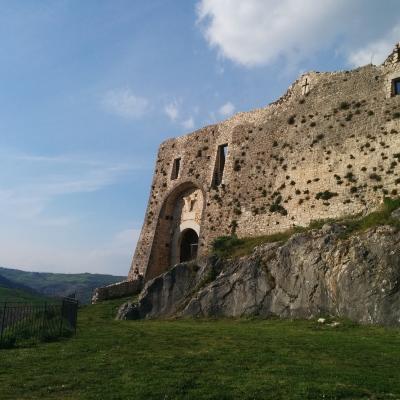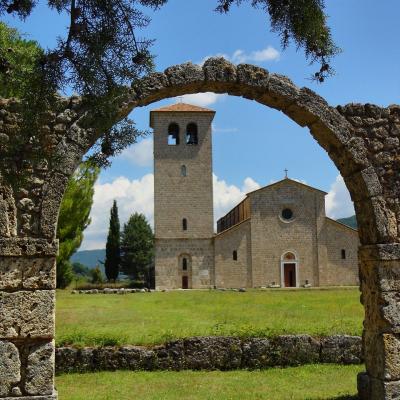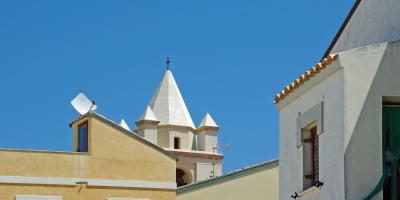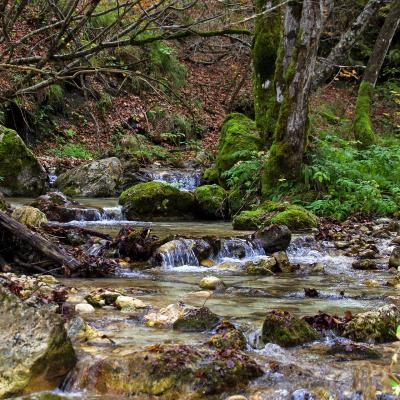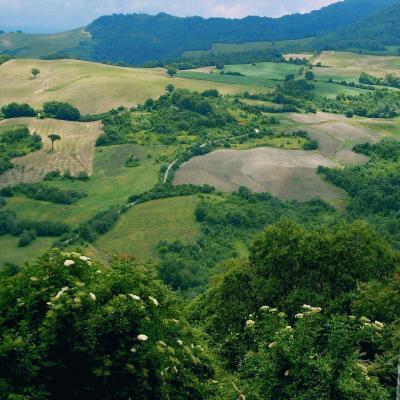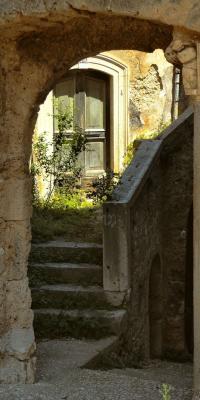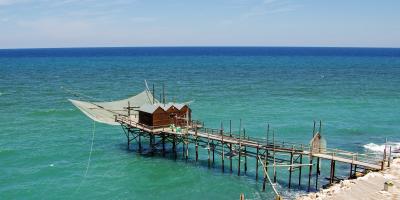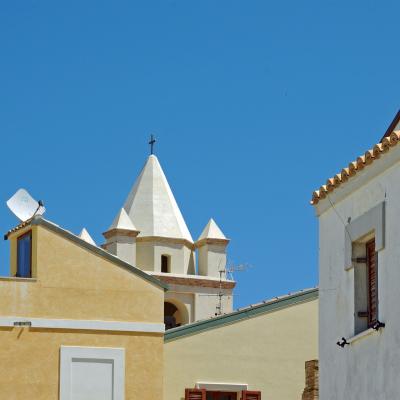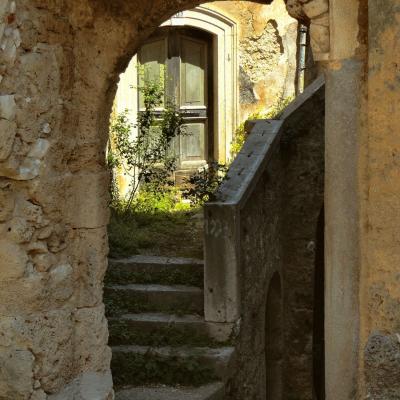Molise
Molise is a region in central southern Italy that stretches from the Apennine ridge to the Adriatic coast. It is the second smallest region in Italy after Valle d'Aosta.
Lying between Puglia and Abruzzo, this small region on the southern Adriatic is often forgotten by travel guides. Created in 1963 by the separation with Abruzzo, it is one of the rare Italian regions still discarded by mass tourism circuits. Yet Molise has 40 kilometers of coastline (and 3 blue flags in 2014),a WWF Oasis and one of the Lipu, nature reserves, is part of the Abruzzo National Park and-unbelievable but true-over Termoli passes the 15th meridian East, the central meridian of the time zone (also called CET, Central European Time) that determines the time of day in Italy and several other European cities (it is in fact called Termoli Time: of the series that the Molise town is Italy's Greenwich!). Few people will know that Isernia was home to the most important archaeological find internationally: in 1979 researcher Solinas unearthed the bones of homo erectus, the oldest living person in Europe.
In the inland area, Molise offers, in addition to beautiful landscapes, three important archaeological sites: Altilia, Pietrabbondante and Larino. The Trigno and Biferno rivers flow through the region, in addition to the first section of the Volturno River, which has its source in the Meta Mountains.
In Molise, time seems to stand still because there is an atmosphere of other times: from the intact and sometimes wild nature to the popular traditions, from the gastronomy that has preserved authentic flavors to the warm hospitality of its inhabitants.
It is dotted with small towns and picturesque villages where you can discover the authentic folklore and ancestral traditions that still enliven the region. This makes it the ideal destination for those in search of tranquility, silence and serenity.
What to see and do
The possibility of being by the sea and, within a few minutes' drive even in the mountains, makes it possible to enjoy different, always unique scenery in the course of a single day. The sea remains the region's main tourist attraction: the coastline flaunts sandy and shallow, uncrowded beaches, ideal for a relaxing family vacation. Between Bed & Breakfasts and hotels, Termoli is the leading seaside destination in terms of accommodation capacity and a wealth of tourist, sports, social and cultural facilities. In addition to boasting the blue flag for the clean sea from Lega Ambiente won on more than one occasion, it is a town equipped for every need, blending the peculiarities of a historic place, full of an ancient charm, with well-kept initiatives and eventsWinter tourism is concentrated in the ski resorts of Capracotta and Campitello Matese, equipped with modern ski lifts and ski slopes for all specialties. Nature lovers should visit the national park of Abruzzo, Lazio and Molise and the wildlife oasis of Guardiaregia managed by the WWF. Molise is home to one of the largest WWF oases in Italy: the Guardiaregia-Campochiaro WWF Oasis established in 1997 known especially for its karst and caves. The territory of the oasis includes three distinct natural environments: Mount Mutria, the karst area of the Campochiaro mountain and the canyon of the Quirino Torrent with the San Nicola waterfall. A number of castles are located on the Molise territory, including the Monforte Campobasso Castle dating from the mid-16th century, the 13th-15th century Termoli Castle and The Pandone Castle in Bojano dating from the 9th-10th century.
Always in the heart of nature, one can enjoy a unique experience such as horseback riding along the "tratturi," the millennia-old transhumance routes that constitute the true peculiarity of Molise.
What to eat
Immanent mention of Molise's cuisine, which is extremely varied and tasty with an agricultural vocation. There are many characteristic dishes, such as maccheroni alla chitarra, pallotte cacio e uova, pasta and beans, polenta, lamb and roasted turcinelli, formed from lamb entrails and offal. Dominating the scene are fine extra virgin olive oil, which earned PDO recognition in 2003, Isernia truffles and durum wheat pasta. Worth tasting are the cured meats, including saggicciotti, i.e., liver sausages, ventricina and pampanera, bacon with oven-dried chili peppers.
Gastronomic prerogative of the region are dairy products, particularly caciocavallo and stracciata from Agnone and Alto Molise, fior di latte from Boiano, buffalo mozzarella from Venafro, and pecorino from Matese. Scamorze and burrini, composed of an outer part of caciocavallo and an inner part of butter, are produced everywhere. Local wines, including Biferno and Pentro, are of excellent quality. Typical desserts include mostarda d'uva (jam typical of the Molise countryside), cauciuni (sweets filled with pasta and chickpeas), ostie farcite (wafers filled with walnuts and almonds), peccellate (sweets filled with cooked must or jam) and piccillati (baked ravioli filled with sour cherries).
